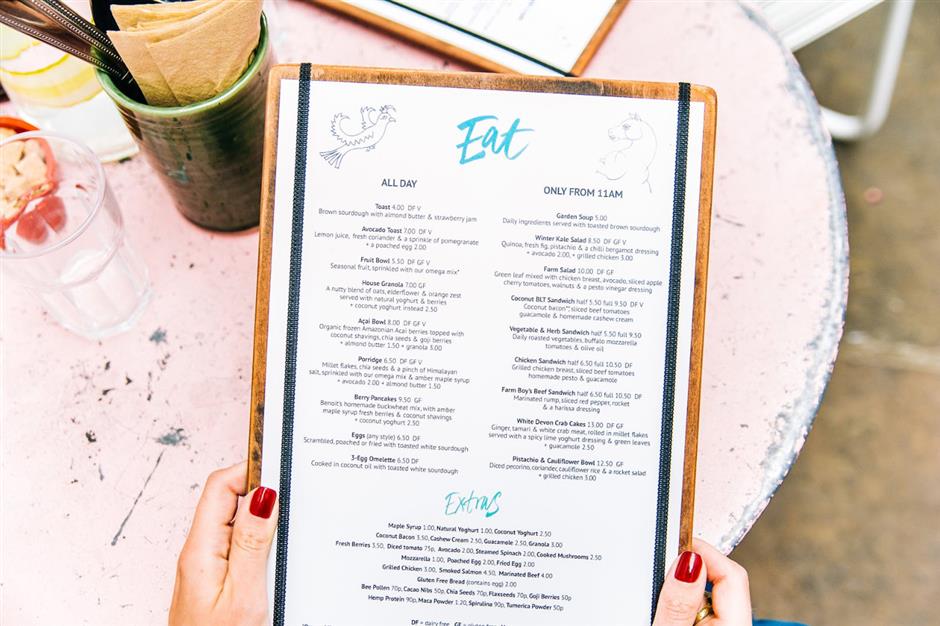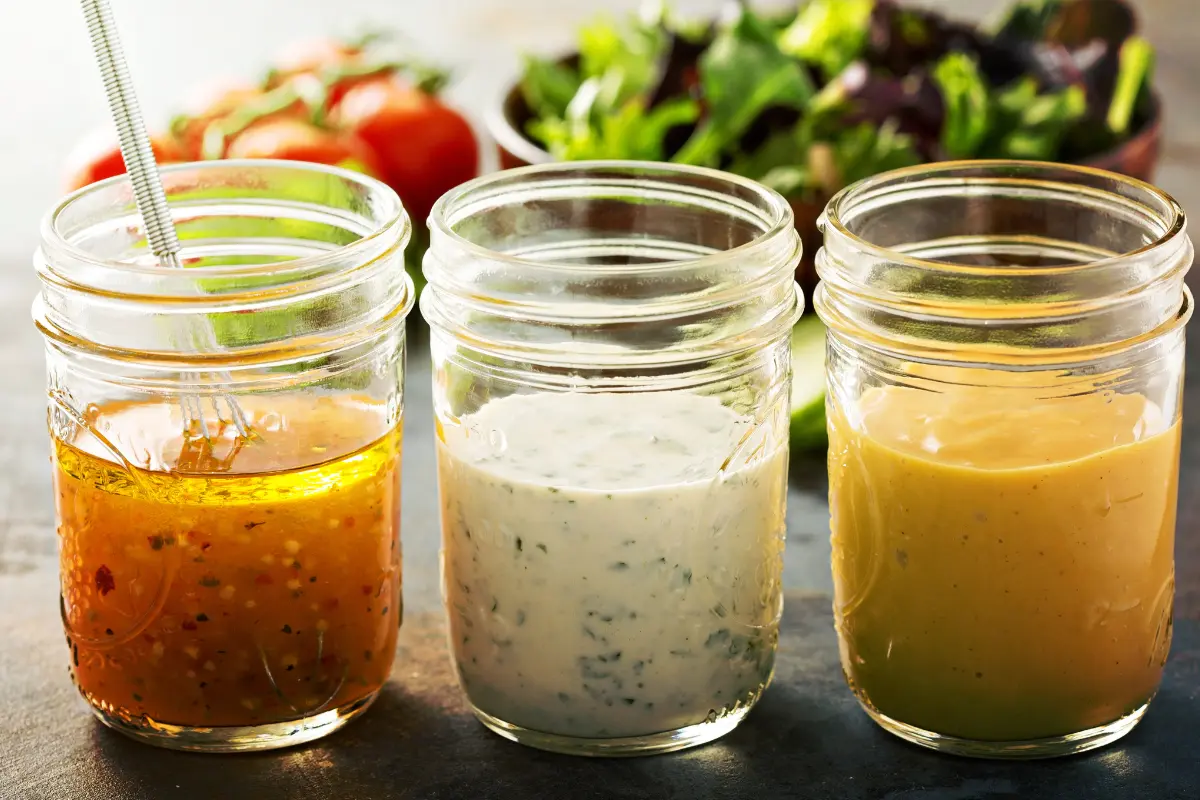
We have members all over the world and with each country comes its own unique challenges when it comes to dishing out advice on dining out.
Australian restaurants pose a challenge that other countries, for example, the United States, don’t see as often — “Sorry, no substitutions.”
Aussie chefs are typically not as willing to let you make substitutions to their menu and there are some understandable reasons why.
Before we jump into those reasons, it’s important to note that they will happily remove any ingredients you cannot or do not want to have, as health and allergies are important. It’s when you’re making changes to the menu that go beyond “a little extra sauce” or “light on the salad dressing” where you might run into some issues.
Why Australian eateries don’t customize to their customers’ every demand:
Quality guarantee. If you want to alter a meal, regardless of the reason, you’re removing the restaurant’s quality guarantee. If you don’t like the meal or end up finding it a little more bland than you expected, it might reflect poorly on them and result in a bad review. Sometimes they don’t want to risk that for their business.
Advertisement
Little kitchens allow little flexibility. Most restaurants in Australia are pretty small. It’s important for restaurants to operate extremely efficiently so that the service runs well. Not allowing substitutions prevents hold-ups and mistakes from happening in the kitchen.
Costs and overhead. When you’re making a lot of alterations and additions to a menu item, the ability to track costs for the business becomes more difficult. Running a restaurant is all about the profit margin and allowing substitutions on a regular basis makes that impossible to track.
They don’t have many other ingredients. Alongside keeping costs under control is the need to have a strategically built menu. Ingredients are carefully picked, sourced and purchased to ensure that a certain amount of dishes per day can be made while controlling cost and quality. The menus in Australia are traditionally smaller and don’t have as wide a range of ingredients for you to pick and choose from, so building your own meal is a little less likely.
Aussies don’t work for tips. Lastly, although tipping is certainly done in Australia, it isn’t the primary income of a restaurant worker. Waiters in Australia have a high minimum wage, so tips are less common and there is less motivation to give the customer exactly what they want, although of course they still do their absolute best. Just another consideration.
With these factors in mind, you can order a great meal that fits your nutritional needs when you’re dining out in Australia. And if you have a WAG coach, he or she can also give you specific advice on ways to meet your macros while dining out.
Advertisement
How to Order:
Hold the oil. The menu probably won’t say it, but Australian meals are often garnished with a drizzle of olive oil. Sandwiches usually come with butter or a drizzle of oil too. Ask them not to garnish or add extra oil.
Ask for less. It’s easier to control overeating by asking for less. For example, avocado toast (practically the national breakfast dish, even more popular than vegemite) usually comes with a LOAD of avocado on top. If you don’t want that much fat in your breakfast I recommend asking for less.
Ask for none. You can ask the chef to hold off entire ingredients. Remember that food preparation is serious business and chefs are sometimes not willing to make you something from scratch just so there is no butter in it. For example, I have asked for my eggs scrambled without added milk, but they were unable to because they prepare their scrambled egg mix well before service begins and they didn’t keep spare eggs on hand. This is common, you just gotta roll with it.
Try Vegemite. A simple spread of Vegemite on your toast is a great way to keep your breakfast easy to track. Vegemite is practically calorie-free. If you’re not Australian, here’s a tip: don’t have a heavy spread of Vegemite. It’s only meant to be a touch. That would be like dumping a tablespoon of salt on your lunch and blaming the salt for tasting bad.
Order on the side. Although Australian chefs don’t want you to change their dish so much that it no longer resembles its original form, they are happy to put ingredients on the side whenever possible. Make sure you always ask for this because it’s common for your peanut butter toast to come out with the peanut butter already on it.
Advertisement
Pick poached. Poached eggs and poached chicken are popular ways to enjoy protein without the extra oil and seasonings (and Australian chefs poach eggs better than anyone else in the world, just saying). Remember, HOLD THE OIL!
Sushi rolls. You can buy sushi in a handheld roll, which is an easy way to track and eat on the go. You can even eat this as a pre-workout meal instead of an energy bar! Also, sushi rolls in Australia are available filled with chicken or beef — not just seafood — and are typically less saucy, so there are a few extra options.
Pubs are great. Although pubs and bar menus have a lot of unhealthy options, I’ve found that they also had some simple, easy-to-track menu items and were often the most flexible about menu change. Grilled meats with steamed vegetables or basic pasta dishes with simple protein and sauces are usually on the menu and you can’t go wrong with that.
Call ahead. Don’t be afraid to call ahead and ask about menu items and ingredients. You could go so far as to let them know you’re coming beforehand so that they can make you something delicious in advance that doesn’t interfere with running their service. I have definitely done this before.
Artisan bread. Artisan bakeries are amazing in Australia. Getting some quality grains like sourdough isn’t hard and they typically have great macros, so enjoy that as a delicious carb source.
Advertisement
Research restaurant suppliers. If you’re serious about understanding the ingredients, I have some good news. Since Australia has such a small population, you’ll find that many restaurants utilize the same brands and suppliers for their pantry ingredients, bread, pastry, and meat. This means that as you learn about the brands that one restaurant uses, you’ve probably just uncovered the brands that most of the other restaurants use too. This makes it increasingly easy to track when you’re dining out.
BYO sides. Because it’s easier to ask for less or none of a certain ingredient, bringing your own salad dressing, sauces or vegetables might be an even more useful strategy for you.
Food chains. Food chains do provide nutritional information online, so tracking meals from chains like Macca’s (McDonald’s), Outback Steakhouse, Gomez Y Guzman, Red Rooster, Subway, etc., are easy.
Grocery store options. Check out our guide to Macro-Friendly Shopping at Woolworths, where we count down the best grocery food items for any macros.
Hopefully, this works as a quick guide to making macro-friendly choices as you dine throughout Australia. If you are from Australia or have visited, did you find any macro-friendly tips or gems that you can share with us too?
Advertisement
Dani Sheriff
Schedule a Free Intro Call
Working Against Gravity has led the macro tracking and health space for over a decade. Our team doesn’t just understand the science of nutrition—we’ve spent years mastering the art of tailoring it to fit your life. That means no cookie-cutter plans, just real strategies that have worked for over 30,000 people.
Schedule a free call with our team to learn how working with a 1-on-1 WAG coach will help you reach your goals.



